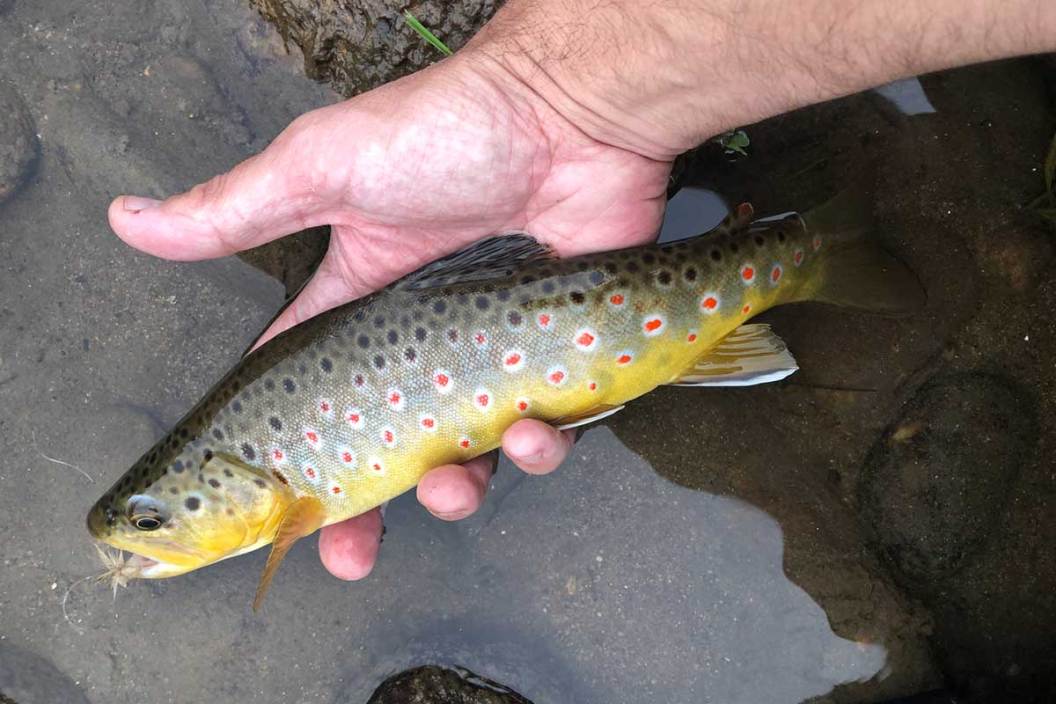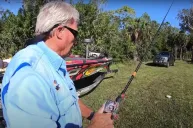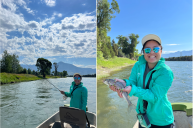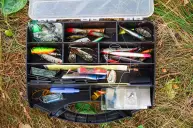Some time back, we asked April Vokey what her biggest fishing pet peeve was. Her thoughts went like this: "The dramas between gear anglers and fly anglers. It's unnecessary. Plus, some of the best fly anglers started by being great gear anglers."
That, from one of the premier fly fishing ambassadors in the world, rings true. There is no reason for conventional anglers and fly anglers to have beef with each other, as long as they're doing it within the rules and with proper etiquette.
I feel like I'm not alone in that I love to target cold water species, but fly fishing is simply a part of my angling experience, and not the main way that I target trout. Conventional fishing techniques definitely work for me, but there are times they don't. And can you guess when those times typically are? They're during a hatch, and I can see it happening in front of me. It may seem as though the only real way to target rainbow or brown trout during a hatch is with fly fishing techniques, but all you really need is the right fly. "Match the hatch," isn't that what they usually say?
If you thought all this was going to lead up to a big admission, well, here goes: I use a fly with my spinning rod and reel, and you can too.
Making Your Spinning Combo Work for You
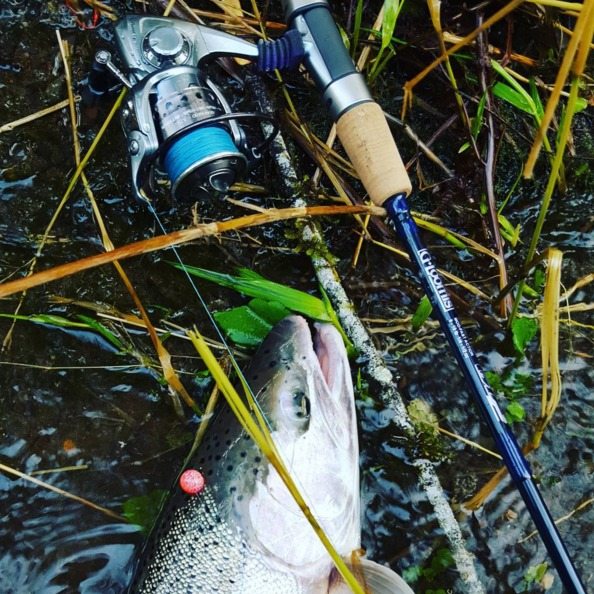
For one thing, I've already stopped feeling awkward casting a fly while using a spinning combo. Yes, even if there are other anglers on the water. You'll feel it too, but the sooner you get over it, the better.
There are a few ways to do it, but here's my method. You'll need some good quality, lightweight fluorocarbon line, a spin float, an array of small split shot, and the correct dry fly, nymph, or other fly based on the conditions.
Depending on the fish and their general size, an ultralight setup is probably going to be best. Remember, this technique will call for tossing extremely lightweight lures. It can even be used in very small streams while targeting smaller fish such as brook trout.
Remember, presentation is the key, so you will want to use gear that is altogether stealthy and diminutive.
Tips for Rigging Up
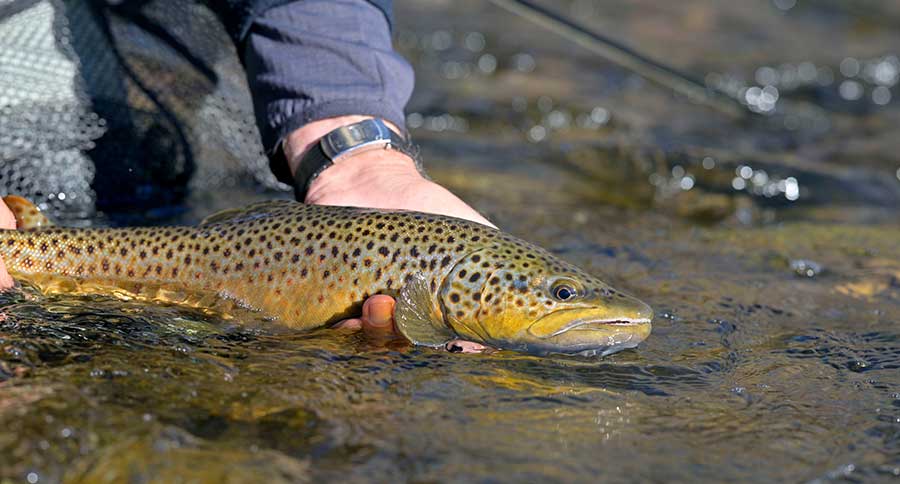
While some spin floats (or casting bubbles, as certain anglers like to call them) can be separated to attach the line, others must have the line fed through before tying on your bait. If you're like a lot of conventional anglers and like to fully rig up before you even start the truck, you might want to take another page out of the fly angler's book.
Rigging up can (and probably should) be done onsite to make sure that your depth control is set correctly. You'll save time in the long run.
It's not just the fly, either. Taking more fly fishing techniques to the conventional rod and reel playbook, I've also learned to thread my line through a foam float, add a very small sized octopus circle hook, and then place a small split shot above the float which stops the bait and allows it to float through the current at the desired depth.
Dead drifting flies or eggs with spinning gear comes easy, since the low diameter line I use doesn't create the same amount of drag in the water that fly line sometimes does. In this way, it is easier to let my offering travel at the same speed as the water for the most natural presentation. That's a critical element to dead drifting, and I've reached a point to where I can pull it off easily.
So let my experience at least serve as a lesson: when a hatch is on and the fish want nothing else, sometimes a fly is the best way to go. If you don't have a fly rod handy, well, you don't have to give up. Trout are still eager feeders, and they certainly don't care whether you have a spinning reel or not. With the right presentation, you can still walk away successful.
Please check out my book "The Hunter's Way" from HarperCollins. Be sure to follow my webpage, or on Facebook and YouTube.
